The famous Ephesus Library was situated to the south of the Agora. This elegant monument was built in A.D. 135 by Julius Aquila In memory of his father, Celsus Polemaeanus of Sardis, Roman Senator and Proconsul of the province of Asia.
After passing through a marble-paved courtyard twenty-one meters wide one reaches the main reading-room by nine wide marble steps. There are four bases for statues at the top of the staircase The floor of the main reading room is built on arched vaults and the inner and outer walls are separated by a corridor, thus protecting the library from damp.
The walls and floor of the room were completely faced with colored marble. Across the main reading room there was an exactly placed niche for offerings; to the right and left of the round niche and on the side walls were square niches containing cupboards to hold the rolled manuscripts. On the front of the Library of Ephesus there was a two-storied gallery.
A section sixteen meters high was very richly decorated with a raised column, door ornaments and sculptural architectural monuments, carving and decoration. These carvings are to be seen in the Vienna Museum.
In a burial chamber in the lower part of the library can be seen a decorated white marble tomb in which Gaius Julius Celsus Polemaeanus was buried. The life of Celsus is related in Greek and Latin on the bases of the statues on each side of the library staircase.
History
The Library of Celsus was comissioned by the Consul Julius Aquila as a mausoleum for his father, Julius Celsus Polemaeanus, Roman governor of the Asian Provinces. It may be that Celsus was granted heroic honors, which would furthur justify the expense.
The monument was constructed between 110 and 135 AD, after which Celsus was buried in a niche on the right side of the back wall.
With a few centuries of its construction a fire destroyed the reading room and the library fell into disuse. Around 400 AD, the courtyard below the exterior steps was converted into a pool. The facade collapsed in an earthquake in the 10th century.
The Library of Celsus was raised from the rubble to its present splendid state by F. Hueber of the Austrian Archaeological Institute between 1970 and 1978.
What to See
Located next to the south gate, the Library of Celsus is 21m wide and over 16m high with a 2.4m-deep portico. The mausoleum-library originally had three stories, with galleries in the upper two stories.
Scrolls and codexes were stored in the niches, dispensed by a librarian. In total, 30 bookcases held about 12,000 scrolls. The reading room faced east in order to take advantage of the best light.
The lower niches of the facade contain four statues, which are through to represent Wisdom, Knowledge, Destiny, and Intelligence. These are replicas of the originals that are now in Vienna.
Latin and Greek inscriptions can be seen among the ruins of the library.
Quick Facts
- Names: Celsus Library; Library of Celsus
- Type of site: Mausoleum
- Faith: Roman
- Status: Ruins
- Dates: 110-35 AD
- Architecture: Classical
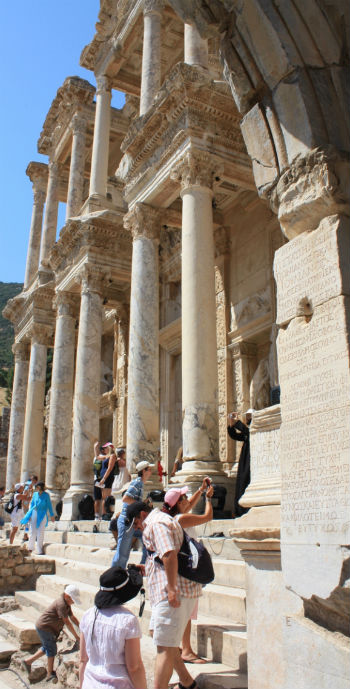
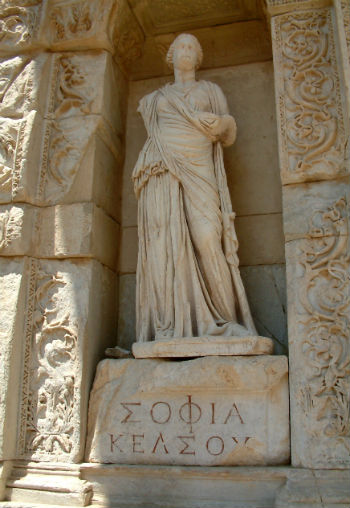
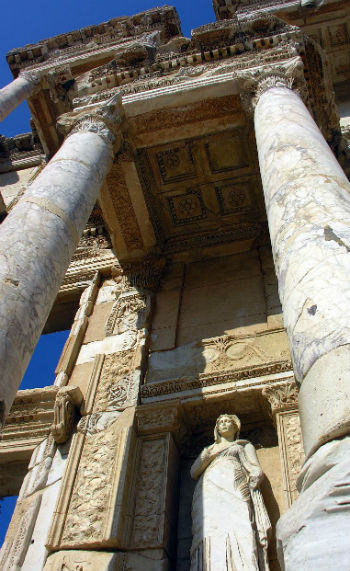
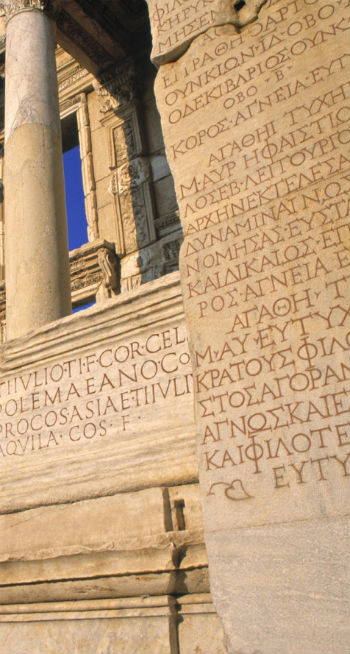
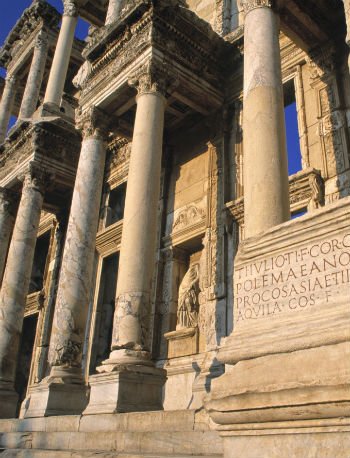
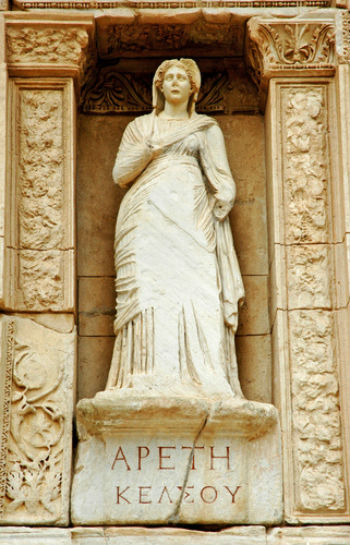
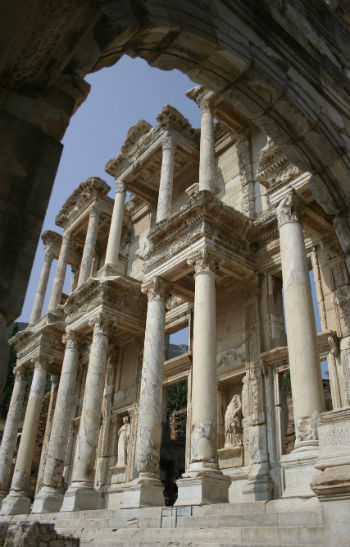


Lasting memory of the walk through Ephesus, you can see it from the start and its the last structure to see before you exit
It' hard to imagine that so long ago they had a library, that they where better that we are now. If you are near, don't hesitate to visit.
Colleen Beattie
This is a stunning facade. What a beautiful building this once was. Words can't really describe it. This is one of the most amazing sites I have ever seen in all the world.
Beautiful ruins. See my other reviews of Ephesus for guide /tour recommendations.
This is probably the highlight of the Ephesus tour. It is a beautifully reconstructed building.
Went here whilst having a tour of Ephesus, you have to see it to believe it, its probably the most facinating place and tour we have ever been on other than Rome the Colesseum….Its a must see..
absolutely amazing!
Built in the 2nd Cent. AD by the then Roman Governor of Asia, of which Ephesus was the proud capital, it was originally 3 stories high, with niches in the walls serving as bookcases for the 12,000 scrolls it contained – the 3rd largest collection of its time. When he died, Celsus was entombed in a sarcophagus within his own.
I had seen many pictures of this ruin, but seeing i in person is just incredible. A must see.
Make sure you see and take photos of this structure. It is simply magnificent. All of Ephesus is wonderful and the library is among the best of the sights.